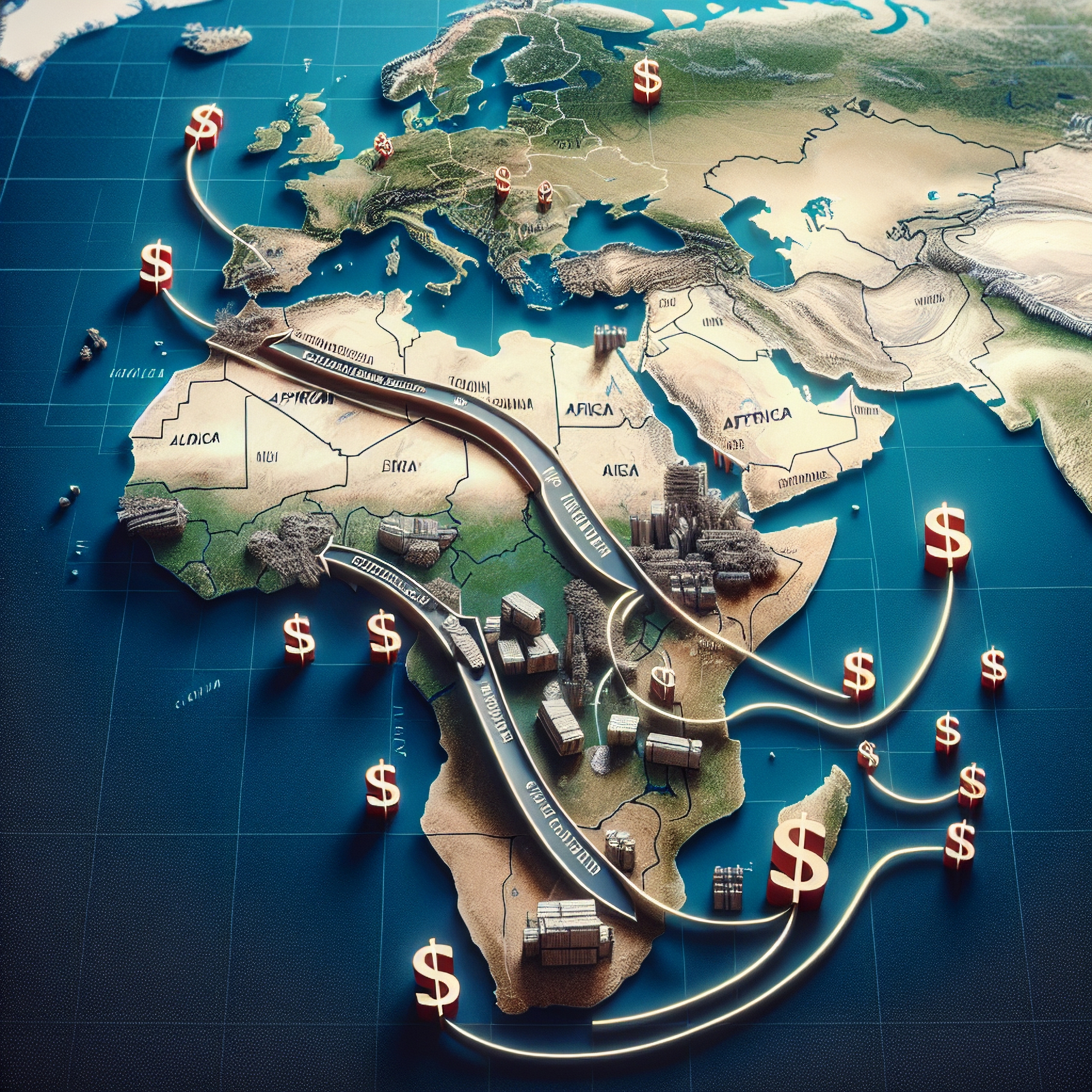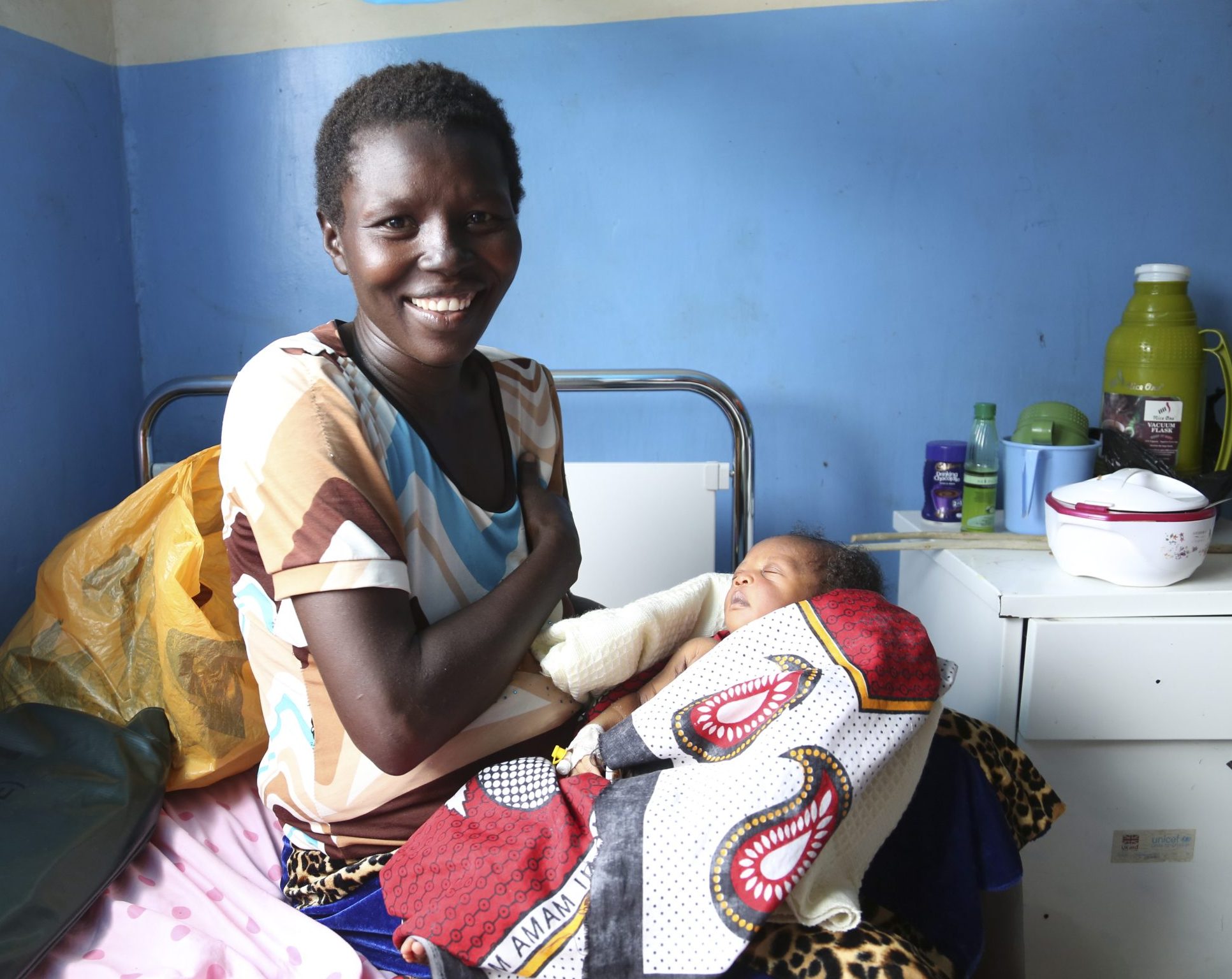Drip or drown: Reviving Africa’s textile sector

Africa’s textile and apparel sector has a rich history and enormous potential but has experienced a significant decline over the past few decades. In the 70s, the industry comprised over 180 textile mills and 500,000 workers in Nigeria alone, aided by 600,000 local cotton farmers. The past few decades have painted a picture of a declining sector, attributed partly to market liberalisation policies in the 1980s that allowed hand-me-downs from the West and increased imports of subsidised finished goods from highly industrialised countries.
The decline is noticeable, with less than 20,000 people currently employed in the sector in Nigeria. In Kenya, the rise of secondhand imports has led to the creation of the mitumba industry, which has contributed to over 2 million jobs out of 20.4 million but has also resulted in significant waste. In Ghana, the world’s leading importer of used clothes, most of the 40% of the 65 million tonnes of unsuitable garments in the region end up in landfills or the sea, often the reward for fishermen off the shores of Labadi beach, Accra. In Ethiopia, low labour costs and enabling infrastructure that once supported a thriving ecosystem are now at risk due to the US terminating the Africa Growth and Opportunity Act (AGOA).
Defying the odds
Despite facing challenges, some countries have managed to achieve steady growth. Sub-Saharan African countries recorded a 25% increase in textile and apparel exports in 2021, while Kenya’s exports grew by 31.2% between 2021 and 2022. This is largely due to investments in the industry through government-funded export processing zones (EPZs) focusing on finished garments. However, fragmented value chains in the industry make it difficult for local manufacturers to source fabric, resulting in a reliance on imports from countries like China, despite having raw materials within the continent. According to the African Development Bank Group (AfDB), the cotton value chain alone can create up to 600% of value, from cotton production to design, making it a significant opportunity for the sector on a regional scale.
Enter the African Continental Free Trade Area (AfCFTA)
The AfCFTA presents an opportunity to rebuild the African textiles industry. Negotiations on textile rules of origin are ongoing, with private sector representatives at the inaugural AfCFTA Business Forum emphasising the importance of adopting two-step rules of origin (RoO) that focus on transformative industrialisation, with a domino effect on job creation against economic growth. A two-step RoO can improve local raw materials manufacturing while creating job opportunities in the textile pipeline by ramping up spinning, weaving, and knitting capacities that feed back into regional value chains. Lower tariffs afforded by the agreement will present lower production costs in the region compared to the importation of fabric for highly industrialised nations outside the continent, making the continent more competitive globally.
A sustainable approach to apparel
Environmental sustainability, a key component of the continent’s Agenda 2063, is also crucial to help mitigate the effects of climate change. While commendable SME initiatives such as Rummage Studios and Africa Collect Textiles working on upcycling unusable garments are springing up across the continent, a similar emphasis on sustainability must be placed when rebuilding domestic production capabilities by reducing waste and energy consumption. The emergence of special economic zones (SEZs) in East Africa, particularly in Rwanda, provides a promising opportunity for African governments to revitalise their textile and apparel industries by adopting circular economy principles. By emphasising waste management and safe recycling practices for garments at the end of their life cycle, these SEZs can facilitate a sustainable approach to the sector’s growth.
What lies ahead
To unlock the potential of Africa’s textile sector, we must invest in R&D, commit to regional skills development, and offer incentives for the textile and apparel sector. The choice is clear: either drip with innovation or drown in a sea of secondhand imports and subsidised goods. Only through sustainable, innovative, and value-adding production can Africa’s textile sector make waves on a global scale.
About the author
Selina Onyando is a Consultant based in Nairobi focusing on digital and creative economies in Sub-Saharan Africa. Selina can be contacted at, [email protected].
Image Credit: Selina Onyando for Peni Mbili
Proud to be BCorp. We are part of the global movement for an inclusive, equitable, and regenerative economic system. Learn more


